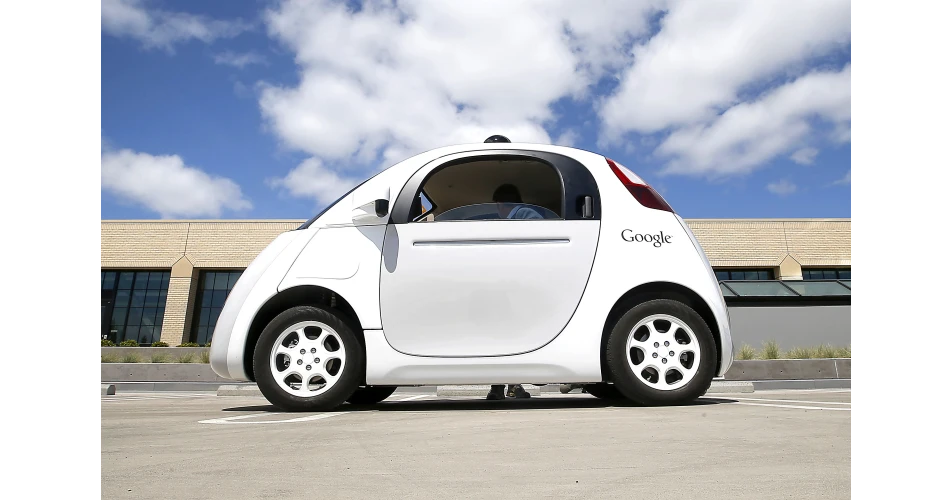The Department of Transportation in the USA has announced a plan that will make self drive cars a practical reality on American roads. However, the programme will take 10 years to complete at a cost of some $4 billion.
The plans are backed by carmakers and technology companies including Google, Tesla, Ford, General Motors and Volvo who all want to see consistent laws across all states and allow self drive vehicles to eventually eliminate human error. The Department of Transportation will spend six month drawing up rules for all states to adopt. These will cover issues such as vehicle safety and liability for any crashes.
The policies are part of a $4 billion proposal in President Obama's February 2017 budget. They will set out a 10 year programme to test and fully regulate connected and autonomous car technologies. Exact details are not yet available and the plans are subject to the approval of Congress.
Restriction on self drive technology test on public roads and the lack of common regulation has been a concern for car makers in the US. Volvo recently said, "The absence of one set of rules means car makers cannot conduct credible tests to develop cars that meet all the different guidelines of all 50 US states." Meanwhile BMW has had to disable the self park function on its new 7 Series because of legal concerns.
Meanwhile a good indication of how ready the technology maybe has come from Google. It has reported on a year’s worth of test of it autonomous cars to the California Department of Motor Vehicles. The company says there were 272 situations where the Google car disengaged from autonomous-drive mode and immediately turned over control of the car to the Google employee in the driver’s seat. This control by the driver lasted on average no more than a second. The manual takeovers could be mainly attributed to detected software anomalies. Of these incidents Google has estimated through computer simulation that 13 would have led to vehicle contact.
The frequency of these autonomous-drive systems disengagements have, however, dropped significantly from every 785 miles in 2014 to an average of every 5,300 miles by the end of 2015. Since Google put its first autonomous drive vehicle out on the road, the company's 53 test cars have logged more than 1.3 million miles in California and Texas.
